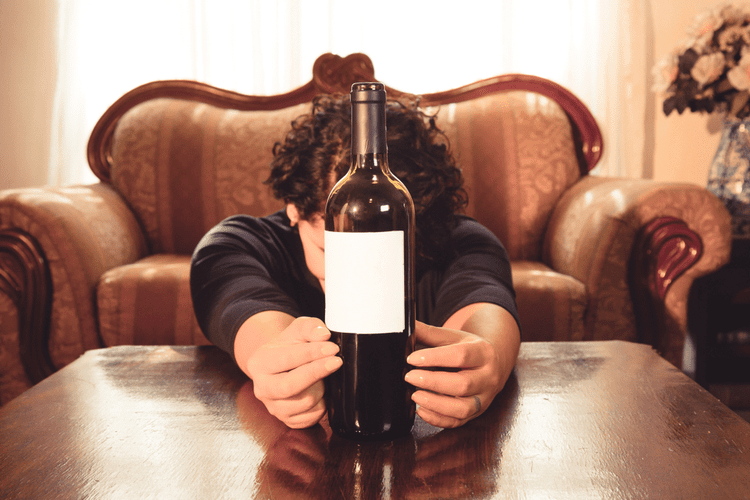When you consume alcoholic beverages, the alcohol enters your bloodstream and is eventually metabolized by your liver. Factors like blood alcohol concentration (BAC), the type of alcoholic beverage, and how much alcohol you consume can all influence how long alcohol metabolites remain detectable in your system. Urine alcohol tests, including EtG tests, are commonly used to detect alcohol intake and measure alcohol levels in a person’s urine. These tests are part of a broader set of alcohol tests that also include blood and breath tests.
Dopamine Detox Timeline: A Step-by-Step Guide to Reclaiming Focus

For most people, realistic detection windows range from 1 to 5 days, depending on alcohol intake, liver health, and metabolism. The concept of alcohol elimination half-life is crucial in understanding how long alcohol stays in your urine. Alcohol elimination half-life refers to the time it takes for the body to eliminate half of the alcohol present in the bloodstream. On average, the human body metabolizes alcohol at a rate of about 0.015% BAC (Blood Alcohol Concentration) per hour. This means that if an individual has a BAC of 0.08%, it will take approximately 5.33 hours for their body to eliminate half of the alcohol.
False positives and negatives
- Another enzyme, aldehyde dehydrogenase, quickly breaks down acetaldehyde again into acetate.
- The time since the last drink also plays a role, as alcohol and its metabolites can remain in the body for an extended period, depending on the sensitivity of the urine test.
- While you can try flush out alcohol with water, it will not encourage the body to metabolize alcohol faster.
Only time allows your liver to do its job and clear alcohol and its byproducts from your body. Your overall health, particularly the function of your liver and kidneys, is vital. https://ptkkm.store/alcohol-intolerance-symptoms-tests-alcohol-allergy/ Impaired liver function slows down metabolism, while poor kidney function can hinder the excretion of metabolites into urine. Being well-hydrated can dilute the concentration of metabolites in your urine, potentially shortening the detection window or lowering the levels below the test’s cut-off threshold. Conversely, dehydration concentrates the urine, making metabolites easier to detect for a longer period. Ethyl glucuronide (ETG) is a non-volatile, water-soluble metabolite formed when ethanol (the intoxicating component of alcohol) is processed by the liver.

Why Metabolite Testing Matters
- That means that every person’s path to recovery must be unique as well.
- Alcohol can stay in your system between 6-72 hours in most cases, depending on the detection test used.
While POC testing is convenient, positives are expected to be sent on for further, more precise, lab testing. The EtG test can detect a positive use of alcohol up to five days later. About 90-98% of all alcohol consumption gets metabolized and absorbed by the body.
Begin your Recovery Today
And because everyone metabolizes alcohol at their own rate, some people will take longer to clear it than others. For day-to-day concerns—like ensuring you’re not over the limit for driving the next morning—12–24 hours is a safe rule of thumb if you indulged heavily. If you’re subject to extended detection tests, the window broadens to days. Concurrent Substance UseUsing other depressants or sedatives can intensify the sedation from alcohol but not necessarily slow the excretion of ethanol drug addiction treatment in an obvious manner. However, some medications might indirectly affect water retention, kidney function, or metabolism, so the net effect can be unpredictable. Body Weight and HydrationHeavier people or those with greater muscle mass often dilute alcohol more widely, potentially reducing concentration in bodily fluids.
We can help you along the path to a healthy, successful, and stable life.

As individuals age, their liver function tends to decline, leading to slower alcohol processing. Women generally metabolize alcohol more slowly than men due to differences in body composition, hormone levels, and the presence of lower levels of ADH. These biological differences mean that alcohol may stay in a woman’s how long does alcohol stay in your system urine longer than in a man’s, even if they consume the same amount of alcohol.
Individual factors such as age, gender, weight, and health conditions significantly affect the duration alcohol is detectable in urine. Alcohol can typically be detected in urine for up to 3–4 days after the last drink, depending on several factors. The detection window varies based on how much alcohol was consumed, individual metabolism, overall health, and hydration levels. Heavier drinking or slower metabolism may extend the detection period, while drinking more water may shorten it slightly. The amount of remaining alcohol in the body is what determines how long it can be detected in urine.




